Auto ignition gas stoves have brought convenience and safety to modern kitchens, but they can occasionally face operational issues. Recognizing and swiftly addressing these auto ignition gas stove problems ensures the appliance operates efficiently and safely.
This blog post will explore various auto ignition gas stove problems, providing expert solutions to help you tackle them effectively.
Auto Ignition Gas Stove Problems and Solutions
1. Ignition Failure: Troubleshooting Start-Up Issues
One of the most prevalent auto ignition gas stove problems is the stove’s failure to ignite, which can disrupt your cooking plans significantly.
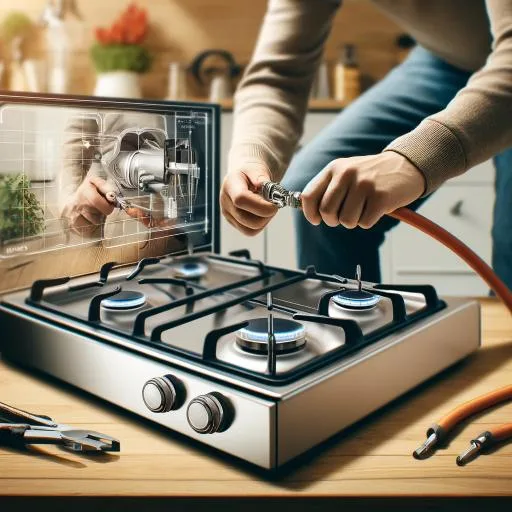
Causes:
- Clogged Burners: Frequent use can lead to food spills and debris accumulating on the burners, obstructing the flow of gas and the igniter.
- Faulty Ignition Switch: Wear and tear or electrical faults can impair the switch’s functionality.
- Insufficient Gas Supply: A low gas level in the cylinder or a valve that is not fully open can prevent the stove from igniting.
Solutions:
- Routine Cleaning: Regular cleaning of the burners and ignition components prevents build-up that can impede ignition. For more detailed cleaning tips, see our guide on maintaining your gas stove.
- Switch Inspection: If cleaning doesn’t help, inspect the ignition switch for damage. Replacement parts can often be sourced from the stove manufacturer or local repair shops.
- Gas Supply Check: Make sure the gas cylinder isn’t empty and that all valves are fully open. Sometimes, air trapped in the gas line can also hinder ignition, which can be resolved by briefly turning on another burner to release the air.
2. Weak Flame or Uneven Heat Distribution
Experiencing a weak or uneven flame is another common indicator of auto ignition gas stove problems, which can affect your cooking times and food quality.
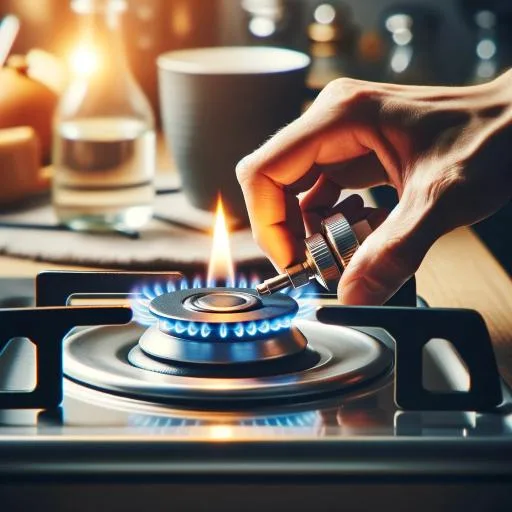
Causes:
- Low Gas Pressure: Not enough gas pressure can lead to a weak flame.
- Blocked Burner Ports: Over time, food particles or other residues can block the small openings on the burner heads.
Solutions:
- Adjust Gas Pressure: The regulator that controls the gas flow and pressure can often be adjusted to increase gas flow.
- Clean Burner Ports: Regularly use a fine needle or pin to clear port blockages.
3. Persistent Clicking Noise
A continuous clicking noise from the stove, even after the burner has ignited, can be one of the more irritating auto ignition gas stove problems.
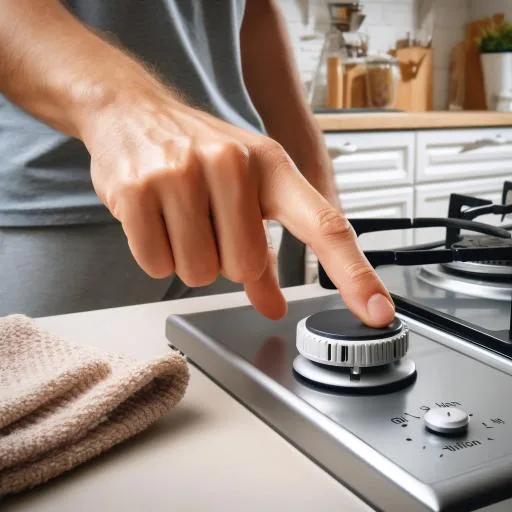
Causes:
- Stuck Ignition Button: Sometimes, the ignition button may get stuck and not return to its original position.
- Excess Moisture: Moisture can seep into the mechanism, particularly in humid conditions or if spills occur frequently.
Solutions:
- Button Adjustment: Ensure that the ignition button is not stuck and clicks freely.
- Dry Out the Ignition Area: Carefully dry any visible moisture and consider using a hairdryer on a low setting to dry out harder-to-reach areas.
4. Flame Extinguishes Unexpectedly
Sudden extinguishment of the flame can pose a safety risk, especially if it happens without warning.
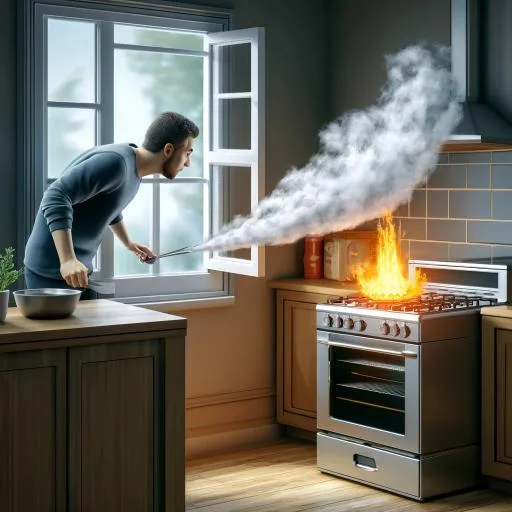
Causes:
- Environmental Drafts: Kitchen drafts or sudden gusts from open windows can extinguish the flame.
- Faulty Thermocouple: This component detects whether the flame is lit and cuts off the gas supply if it goes out to prevent leaks.
Solutions:
- Reduce Draft Exposure: Ensure that your cooking area is shielded from drafts by closing windows or adjusting your kitchen layout.
- Thermocouple Check: Inspect the thermocouple and replace it if necessary to ensure it functions properly. Learn more about how a thermocouple works.
5. Gas Leak Odor
The smell of gas in the vicinity of your stove when it’s not in use is a serious concern and indicative of potential auto ignition gas stove problems.
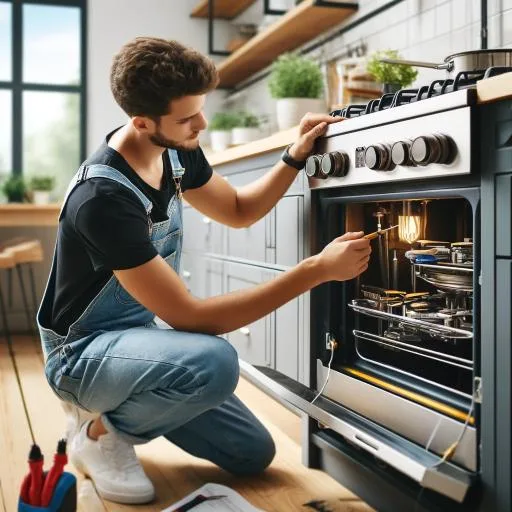
Causes:
- Loose Connections: Over time, fittings may become loose, allowing gas to escape.
- Aging Gas Hoses: Gas hoses can deteriorate, leading to leaks.
Solutions:
- Secure All Fittings: Use the appropriate tools to check and tighten all gas connections.
- Inspect and Replace Hoses: Check hoses regularly for signs of wear and replace them as necessary to ensure a secure fit.
Additional Tips for Maintaining Optimal Performance:
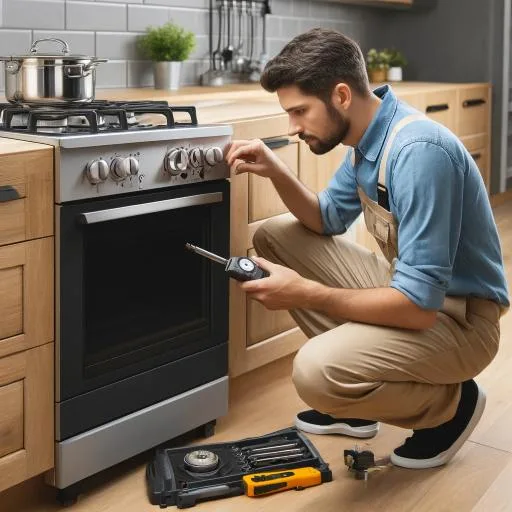
- Annual Inspections: Schedule annual maintenance checks with a certified technician to ensure all components are in good working order.
- Update Components: Older components like hoses and regulators may need to be replaced to maintain stove efficiency and safety.
- Monitor Flame Color: Keep an eye on the flame color—a healthy flame should be blue with a possible small yellow tip. If the flame is predominantly yellow or orange, this usually indicates an issue, such as incomplete combustion, requiring immediate attention.
Conclusion
Auto ignition gas stove problems can range from minor annoyances to significant safety hazards. Addressing these issues promptly through routine maintenance and occasional parts replacement can enhance your stove’s performance and ensure a safe kitchen environment.
Always prioritize safety and consider professional help for complex issues, ensuring a reliable and efficient cooking experience.
